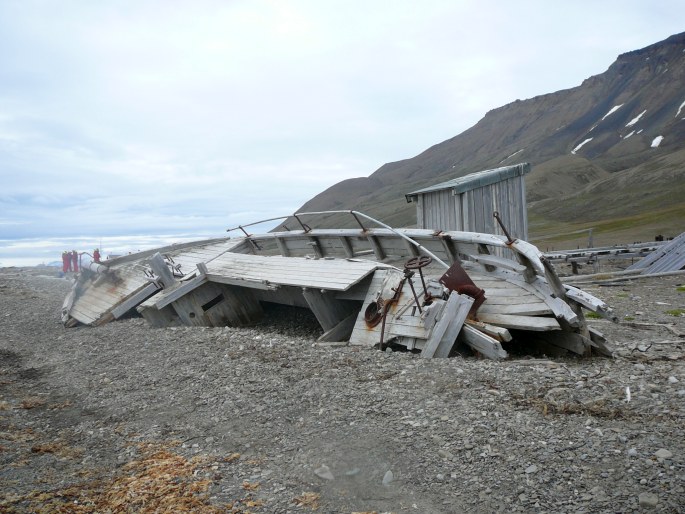Syn.: Casselia maritima (L.) Dumort., Casselia parviflora Dumort., Cerinthodes maritimum (L.) Kuntze, Hippoglossum maritimum (L.) Hartm., Lithospermum maritimum (L.) Lehm., Pneumaria maritima (L.) Hill, Pulmonaria maritima L., Steenhammera maritima (L.) Rchb.
Family: Boraginaceae Juss.

Distribution: Arctic and subarctic species, occurs on the northern shores of the British Isles, along the Atlantic shores of Scandinavia, on the island of Jan Mayen, Iceland, and Svalbard, in the Western Hemisphere on the shores of Greenland, Canadian Arctic islands, continues southward along the shores of Labrador and Nova Scotia to the coast of Massachusetts, in the western part of North America from Alaska along the Pacific coast to the British Columbia. In eastern Asia it is replaced by other species (e.g. Mertensia asiatica).
Ecology: It grows on stony cliffs and gravelly or sandy shores.

Description: Perennial herb, glabrous, glaucous. Stem erect or decumbent, sometimes cushion-forming, 10–35(–60) cm long, purple. Leaves spathulate, obovate or lanceolate, 0.5–6 cm long, the lower petiolate, the upper sessile. Flowers in a terminal cyme with leaf-like bracts, calyx-lobes up to 6 mm, ovate, corolla cylindrical or with campanulate limb, 6 mm in diameter, pink, becoming blue and pink.
Threat and protection: The Oysterplant is protected by law in Ireland, endangered in Massachusetts and New Hampshire.
Note: The genus contains about 15 species which occur in Asia, Europe and North America.


These images were taken in Norway, Svalbard, Hiorthhamn, near Longyerbyen (by Irena Švehlová, July 2, 2011).


